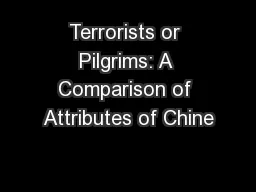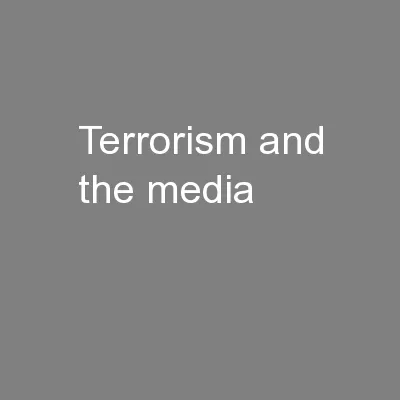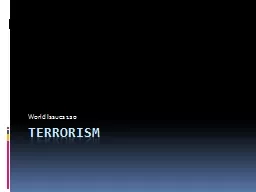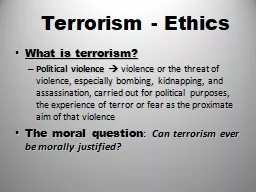PPT-Terrorists or Pilgrims: A Comparison of Attributes of Chine
Author : marina-yarberry | Published Date : 2016-03-21
Hongxia Wei Minzu University China Mariam F Alkazemi PhD Gulf University of Science and Technology Kuwait Wayne Wanta PhD University of Florida USA RQ
Presentation Embed Code
Download Presentation
Download Presentation The PPT/PDF document "Terrorists or Pilgrims: A Comparison of ..." is the property of its rightful owner. Permission is granted to download and print the materials on this website for personal, non-commercial use only, and to display it on your personal computer provided you do not modify the materials and that you retain all copyright notices contained in the materials. By downloading content from our website, you accept the terms of this agreement.
Terrorists or Pilgrims: A Comparison of Attributes of Chine: Transcript
Download Rules Of Document
"Terrorists or Pilgrims: A Comparison of Attributes of Chine"The content belongs to its owner. You may download and print it for personal use, without modification, and keep all copyright notices. By downloading, you agree to these terms.
Related Documents














